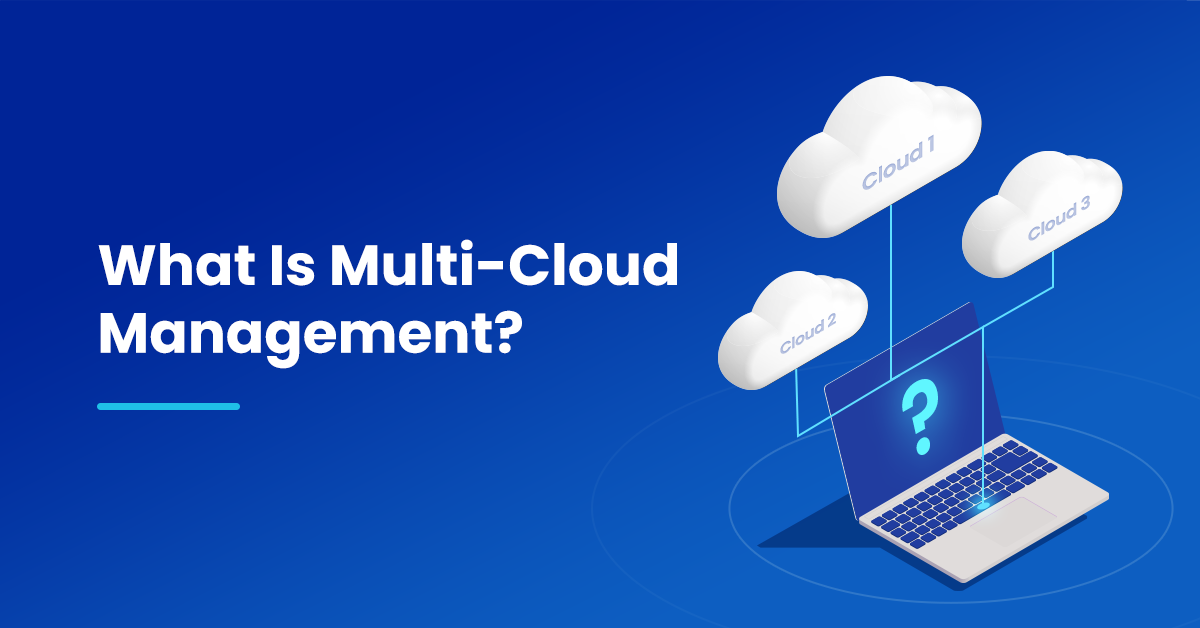
October 31, 2025
Multi-Cloud Management for Developers: Optimising Code for Cost Efficiency and Flexibility
Multi-Cloud Management for Developers: Optimising Code for Cost Efficiency and Flexibility
When choosing a cloud provider for your app, have you ever found that what works in one cloud doesn't function in another? Instead of picking the best provider, multi-cloud management optimises cost, performance, and flexibility by using many clouds. How can a developer handle many clouds without ripping out their hair? In this post, I'll explain multi-cloud management, why it matters, and how to optimise code for cost and flexibility. Ready? Off we go!
What is Multi-Cloud Management?
To start with, what does multi-cloud management mean? It means getting power for your apps from a lot of different cloud sources. You could do computing on AWS, machine learning on Azure, and storage on Google Cloud.
Why does it matter? Well, it lets you choose the finest tools for each app element without being tied to one vendor. Consider wanting reliability from one cloud, flexibility from another, and cost reductions from a third. Multi-cloud is great for that. It also decreases downtime because you have several cloud providers if one goes down.
How does this influence your code? Next, I'll teach you how to optimise your multi-cloud setup for cost and flexibility.
The Benefits of Multi-Cloud for Developers
Developers, why should you care about multi-cloud management? Yes, there are real benefits that make it worthwhile. Cost-effectiveness first. Since each cloud provider has various pricing strategies, leveraging numerous clouds lets you compare prices and find the best fit for your application. To save money, use AWS EC2 for high-performance computing and Google Cloud Storage for storage.
Flexibility is another benefit. You can choose services based on performance or features without being limited by a particular cloud. Multi-cloud also makes disaster recovery better. Your app can run on other providers if one goes down, so it has as little downtime as possible and as much uptime as possible.
It sounds good, right? How does your code implement this? Learn how to optimise code for multi-cloud systems.
Optimising Code for Multi-Cloud Management
Let's face it; multi-cloud systems are amazing in theory but difficult to implement. Developers must write flexible, cloud-scalable programming. Selecting the proper resources and avoiding resource waste in your code can optimise cost efficiency.
If your app auto-scales based on user demand, programmatically shift resources across clouds to reduce expenses. Here's how you can do that:
import boto3
# Example: Auto-scaling instance in AWS based on load
ec2_client = boto3.client('ec2')
def start_instance(instance_id):
response = ec2_client.start_instances(InstanceIds=[instance_id])
print(f"Started instance {instance_id}")
def stop_instance(instance_id):
response = ec2_client.stop_instances(InstanceIds=[instance_id])
print(f"Stopped instance {instance_id}")
def auto_scale_decision(cpu_usage):
if cpu_usage > 75:
start_instance('i-12345')
elif cpu_usage < 25:
stop_instance('i-12345')To avoid paying for unnecessary resources, you can automatically start or terminate instances based on usage. More automated code helps you manage expenses and resources across cloud platforms.
Key Coding Practices for Multi-Cloud Flexibility
If you want multi-cloud management, build cloud-agnostic programming. In other words, your code should be able to switch between cloud services without any problems. This is why Docker, Kubernetes, and Terraform come in handy. They put code around cloud infrastructure so that it can operate on any device.
Kubernetes enables you execute and manage programs across many cloud providers without making cloud-specific modifications. Let's create a Kubernetes launch YAML file that works with several cloud platforms:
apiVersion: apps/v1
kind: Deployment
metadata:
name: multi-cloud-app
spec:
replicas: 3
selector:
matchLabels:
app: multi-cloud-app
template:
metadata:
labels:
app: multi-cloud-app
spec:
containers:
- name: app-container
image: cloud-provider/app:latest
ports:
- containerPort: 80This YAML setup may launch your app on any Kubernetes-compatible cloud provider. This lets you develop and be free without having to update the code.
Future Trends in Multi-Cloud Management
Multi-cloud handling will get better in the future. With cloud-native technologies like microservices and serverless computing, developers may be able to make apps that are more flexible and dynamic. By autonomously scaling resources across clouds, these systems can improve performance in real time and save costs.
AI and machine learning will determine resource needs and adjust infrastructure on the fly, improving performance and saving money.
Stay up to date on exciting new things; it will help you be a better creator.
Conclusion
Multi-cloud management is the way of the future for making apps that are adjustable, cost-effective, and scalable. Optimising your code for multi-cloud settings makes it run faster and makes sure that the app works well on all systems. Be ahead of the game by using these methods today!
386 views
